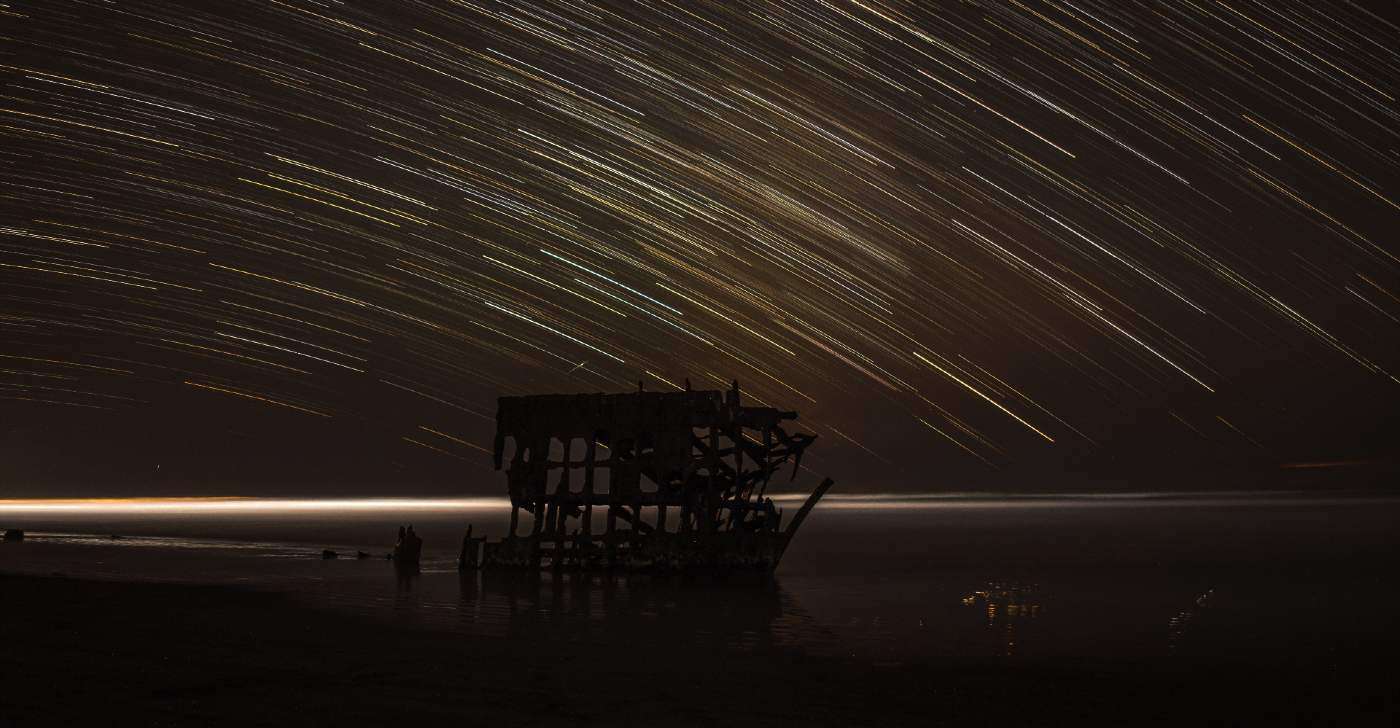How Planets May Be Seeded With the Chemicals Necessary for Life
Leeds University researchers look at how planets may be seeded with the chemicals necessary for life.

It's almost time to look up, because the Orionids are coming to the Northern Hemisphere from October 16-24.
You'll be able to see the shooting stars without the need for a telescope or binoculars. But to see them at their very best, you'll want to wake up early: from 4:00-5:00 A.M Daylight Savings Time, according to Farmer's Almanac, you should be able to see anything from 10 to over 30 meteors each hour.
What is it, precisely, that you're watching in the night sky? That'd be trails of cosmic dust from Halley's Comet sparking up against Earth's atmosphere at speeds fasters than forty miles per second.
And the hours before dawn are when, "Earth encounters the densest part of Halley's debris stream," NASA explains.
Peaking on the 21st, the meteor shower will appear to radiate from the Orion constellation in the southwestern sky.
Near the Orionids' peak, there'll be a Full Hunter's Moon brightening the night up a little too much for eager meteor watchers.
Nevertheless, if you have a Dark Sky Preserve near you, or just have a favorite dark patch in the city—get the blankets and flasks of hot tea ready, and check out one of the astronomy highlights of the year.
LET This Starry Story Sparkle in More News Feeds…
Be the first to comment